Introduction: Why Honey Mustard Isn't Just a Condiment
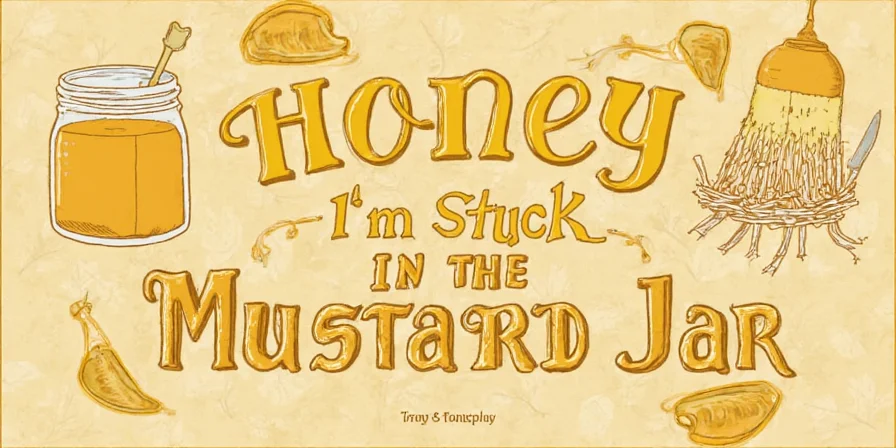
If honey and mustard had a baby, it would be that golden swirl of tangy-sweet joy known as honey mustard. But let's not reduce this flavor powerhouse to just a sandwich topping or chicken dip. When we talk about honey mustard spices, we're exploring a scientifically perfect balance of taste elements that align with human biology. The sweetness activates reward pathways evolved to seek energy-dense foods, while mustard's pungency triggers mild pain receptors that release endorphins—a culinary phenomenon food scientists call 'hedonic adaptation.'
This guide delivers practical value specifically for home cooking enthusiasts seeking to elevate everyday meals with scientifically informed flavor principles. Whether you're meal-prepping weeknight dinners or crafting impressive weekend feasts, these insights transform basic pantry staples into culinary assets. Prepare to discover why honey mustard represents one of food science's most elegant flavor marriages.
A Dash Through Time: The Origins of Honey and Mustard
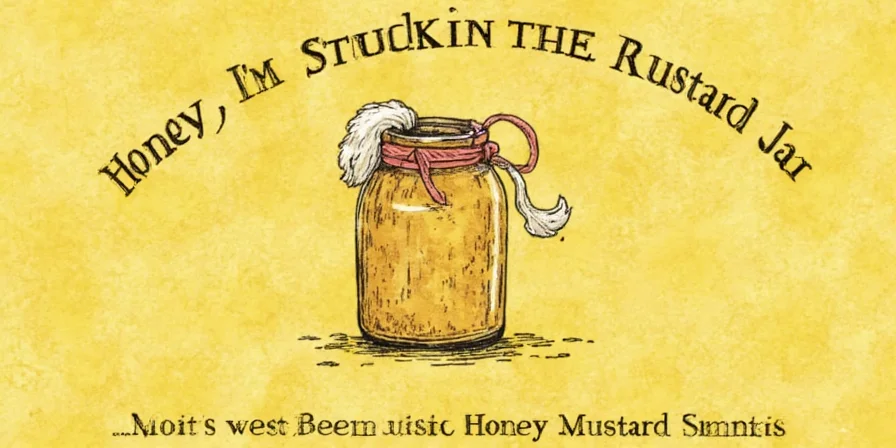
Before honey mustard became the darling of modern condiments, its two main ingredients had already been turning up in kitchens for thousands of years.
- Honey: One of the oldest natural sweeteners, honey was used by ancient Egyptians not only in food but also in medicine and religious ceremonies. Archaeological evidence shows honey harvesting dating back to 7000 BCE.
- Mustard: The Romans created early versions by grinding mustard seeds with wine. By the 9th century, mustard production became so refined in Dijon that French monks developed proprietary techniques still influential today.
The fusion of these elements likely emerged through culinary experimentation rather than documented historical event. What's remarkable is how this combination intuitively aligns with modern understanding of flavor chemistry—balancing sweet, acidic, and pungent elements in ratios that satisfy fundamental human taste preferences.
Sweet Meets Heat: Breaking Down Honey Mustard's Core Ingredients
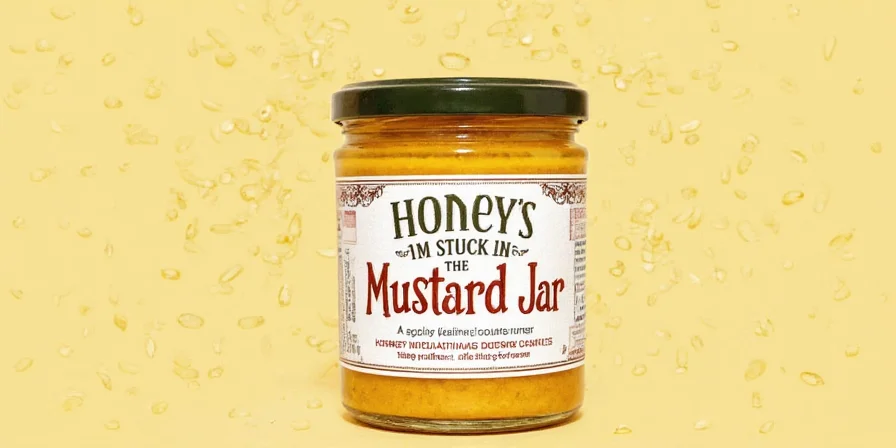
Let's break down the components through the lens of flavor science:
| Ingredient | Flavor Chemistry | Practical Impact |
|---|---|---|
| Honey | Natural fructose/glucose ratio creates rapid sweetness perception | Softens mustard's bite while adding viscosity that carries flavors |
| Yellow Mustard Seeds | Glucosinolates break down into pungent isothiocyanates when hydrated | Provides foundational heat that intensifies over time |
| Vinegar/Acid Component | Lowers pH to activate enzyme reactions | Preserves while accelerating flavor development |
The magic happens through enzymatic reactions: when mustard seeds contact liquid, myrosinase enzymes convert glucosinolates into pungent compounds. Honey's natural acidity accelerates this reaction while its sugars counterbalance the resulting heat—a dynamic interplay that evolves over time.
Beyond the Bottle: Creative Uses for Honey Mustard Spices
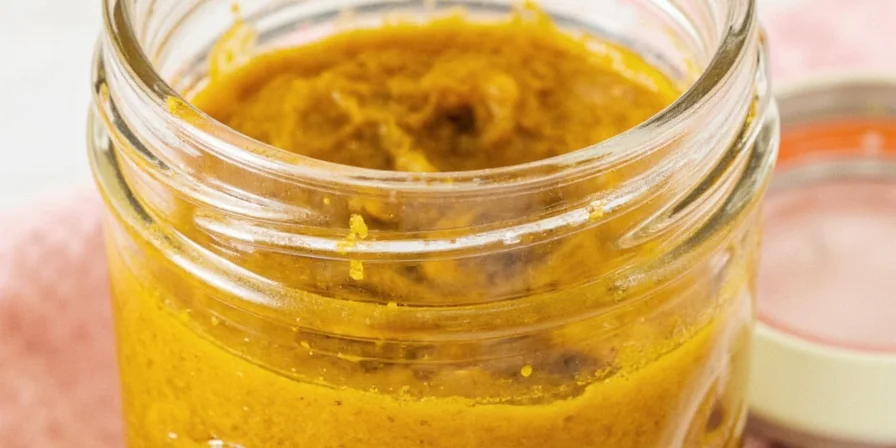
Move beyond basic applications with these science-informed techniques that leverage honey mustard's unique chemical properties:
- Protein Tenderizer: The enzymes in raw mustard break down protein fibers. Apply 30 minutes before cooking for remarkably tender results.
- Emulsion Stabilizer: Add to vinaigrettes where honey's viscosity prevents separation better than egg yolk.
- Flavor Layering Agent: Brush on vegetables during roasting—honey caramelizes while mustard's pungency intensifies with heat.
- Balancing Acid in Legume Dishes: Adds complexity to bean dishes where traditional acids might interfere with texture.
- Texture Modifier: When thickened with xanthan gum, creates stable sauces that maintain viscosity at varying temperatures.
DIY Magic: How to Make Your Own Honey Mustard Spice Blend
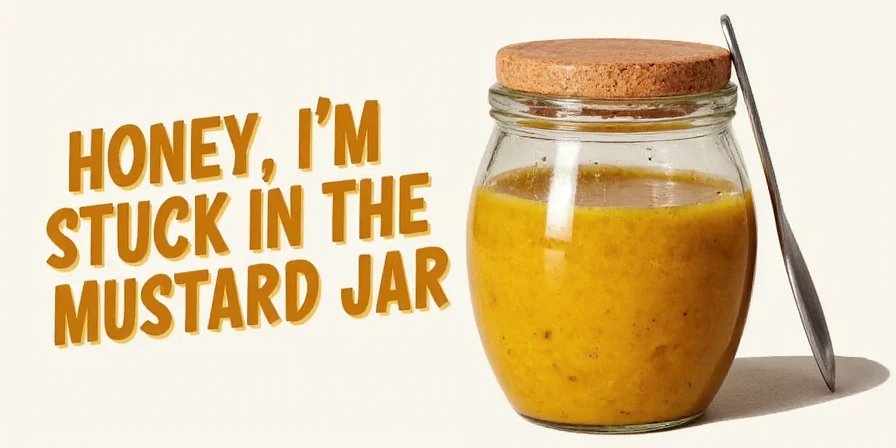
Master the timing of enzymatic reactions for optimal flavor development:
Ingredients
- 1/4 cup yellow mustard seeds (use whole for delayed heat development)
- 1/4 cup raw honey (local varieties offer distinctive terroir notes)
- 3 tbsp liquid component (choose based on desired reaction speed: water=slowest, vinegar=fastest)
- 1/2 tsp salt (accelerates enzymatic reaction)
- Optional flavor modifiers: garlic powder (adds allicin compounds), smoked paprika (introduces lignin derivatives)
Flavor Development Timeline
- Combine mustard seeds with liquid component and salt
- Wait 10-15 minutes for initial enzymatic reaction to begin
- Add honey to stop further reaction (sugars inhibit enzyme activity)
- Blend to desired consistency
- Store in refrigerator: flavors continue developing for 48 hours before stabilizing
Pro tip: For immediate use, mix with hot liquid to denature enzymes and prevent delayed heat development.
Spice It Up: Best Flavor Pairings with Honey Mustard
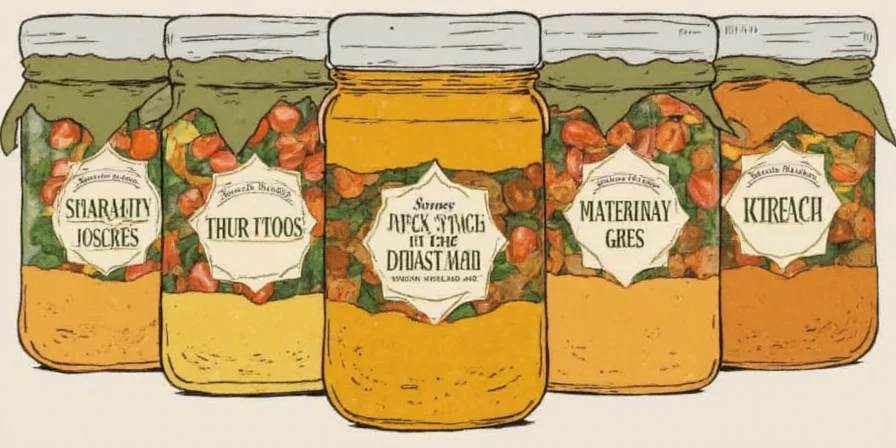
Understanding flavor chemistry unlocks sophisticated pairings:
| Chemical Principle | Pairing Strategy | Example Application |
|---|---|---|
| Lipid solubility of pungent compounds | Combine with fatty ingredients to moderate heat perception | Marinate pork shoulder before slow cooking |
| pH-dependent flavor release | Pair with alkaline ingredients to intensify mustard notes | Add to baked goods using baking soda |
| Sugar-acid balance optimization | Adjust honey quantity based on dish's inherent sweetness | Reduce honey when using sweet vegetables like carrots |
For advanced applications, consider honey mustard's Maillard reaction potential—when heated, the amino acids in mustard combine with honey's reducing sugars to create complex roasted notes ideal for glazes.
From Gut to Glory: Evidence-Based Benefits of Honey Mustard Components

While not medical treatments, components offer interesting properties supported by research:
- Honey's Composition: Contains hydrogen peroxide and methylglyoxal with demonstrated antimicrobial properties in laboratory settings. Note: Benefits diminish significantly when heated above 40°C (104°F).
- Mustard Seeds: Source of selenium and magnesium with established roles in normal bodily functions. Glucosinolates show antioxidant activity in vitro studies.
- Digestive Impact: Mustard's pungency may stimulate digestive enzyme production—though evidence for significant therapeutic effect is limited.
- Balanced Approach: The combination creates a flavor profile that may help reduce overall sodium consumption by enhancing perceived flavor complexity.
These properties operate within normal dietary contexts and shouldn't be overstated. The primary value remains culinary—creating delicious food that encourages vegetable and protein consumption.
Keep It Fresh: Science-Based Storage Solutions
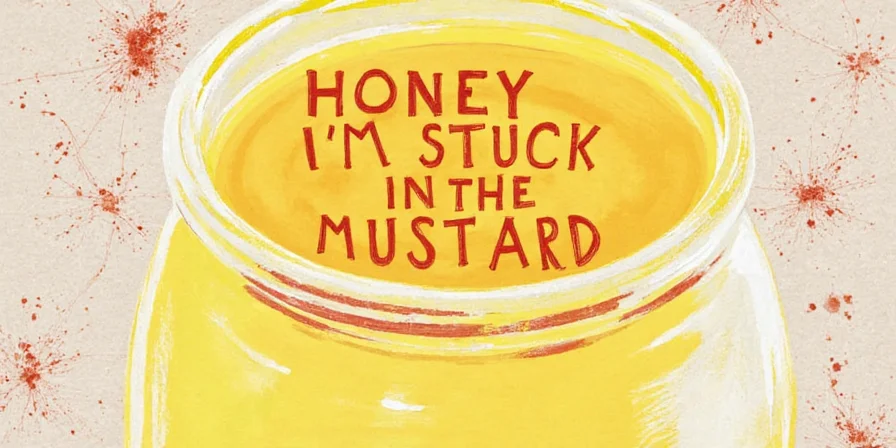
Preserve flavor integrity by understanding the chemistry of degradation:
- Temperature Control: Refrigeration slows enzymatic reactions that cause flavor changes. Ideal storage: 1-4°C (34-39°F).
- Light Exposure: Amber glass containers reduce photodegradation of sensitive compounds.
- Air Exposure: Headspace in containers should be minimized—oxygen accelerates rancidity in mustard oils.
- Acid Balance: Maintain pH below 4.6 to prevent microbial growth while preserving flavor compounds.
For extended storage, consider adding 5% additional vinegar as preservative without significantly altering flavor balance.
Conclusion: The Science Behind the Swirl
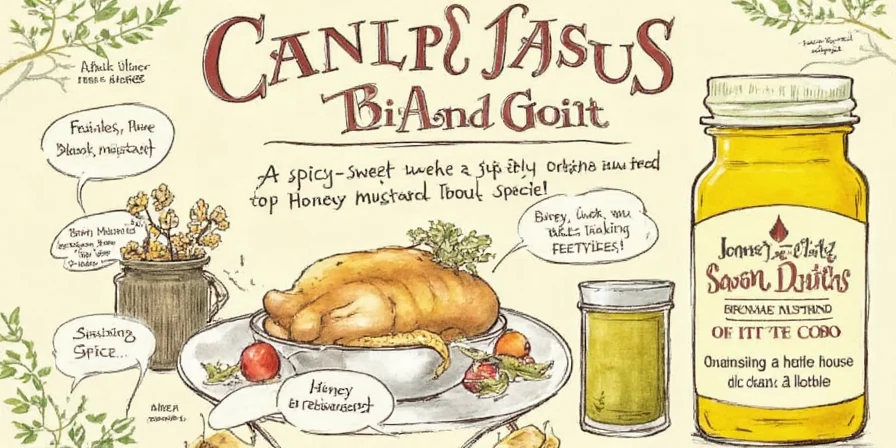
Honey mustard's enduring popularity stems from its scientifically elegant balance of fundamental taste elements. By understanding the enzymatic reactions and chemical interactions at play, home cooks can move beyond basic recipes to intentional flavor engineering.
Remember: the most compelling aspect isn't any single health claim or historical anecdote—it's how this simple combination leverages fundamental principles of human flavor perception. Whether you're crafting weekday dinners or special occasion meals, these insights transform honey mustard from pantry staple to culinary tool.
As you experiment, pay attention to how small adjustments in timing, temperature, and ratios create dramatically different results. That's not just cooking—that's applied food science in your kitchen.
Frequently Asked Questions
| Question | Answer |
|---|---|
| Why does my homemade honey mustard get hotter over time? | Mustard's pungency develops through enzymatic reactions between mustard seeds and liquid. These reactions continue for 24-48 hours after preparation, peaking before gradually declining as enzymes become depleted. Refrigeration slows but doesn't stop this process. |
| Can I substitute maple syrup for honey in honey mustard? | Yes, but expect different results. Maple syrup lacks honey's acidity and enzymatic inhibitors, resulting in more intense, one-dimensional heat. For best results, add 1/2 tsp vinegar per 1/4 cup maple syrup to mimic honey's pH effect. |
| How do I fix honey mustard that's too sweet? | Balance by adding acidity (vinegar or lemon juice) rather than reducing sweetness. Start with 1/2 tsp acid per 1/4 cup sauce, tasting after each addition. The goal is flavor equilibrium, not elimination of sweetness. |
| Does honey mustard lose its properties when cooked? | Heating changes but doesn't eliminate honey mustard's properties. Enzymes denature above 70°C (158°F), stopping further pungency development. Honey's volatile compounds diminish with prolonged heat, but Maillard reactions create new flavor compounds that enhance complexity. |

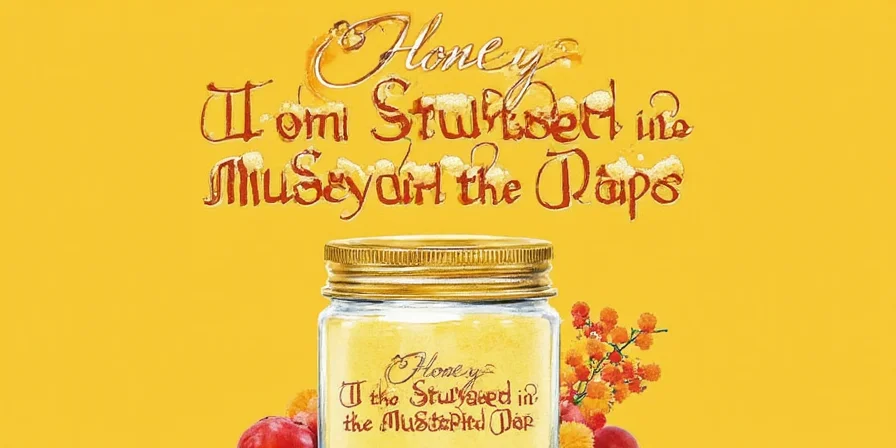









 浙公网安备
33010002000092号
浙公网安备
33010002000092号 浙B2-20120091-4
浙B2-20120091-4